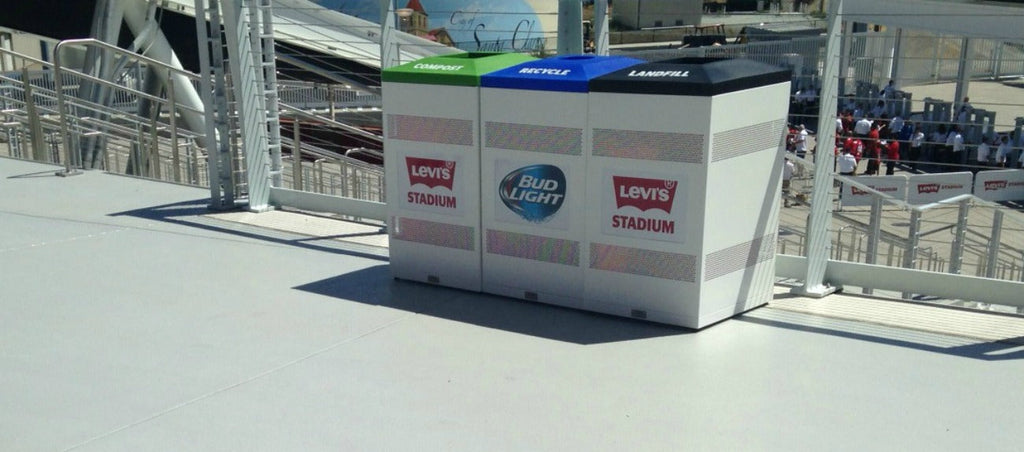Exploring the Role of Outdoor Trash Cans in Urban Planning
Posted by Securr Blogger on
In the intricate dance of urban planning, every element plays a crucial role in shaping the environment and experience of a city. From towering skyscrapers to quaint parks, each aspect contributes to the intricate tapestry that makes up a metropolis. However, there's one unsung hero often overlooked in the grand scheme of urban design: outdoor trash cans.
While they may seem mundane, outdoor trash cans play a vital role in maintaining cleanliness, promoting public health, and fostering a sense of civic responsibility within communities. As cities continue to grow and evolve, the strategic placement and thoughtful design of these seemingly simple receptacles have become integral to effective urban planning.
Enhancing Cleanliness and Sanitation
One of the primary functions of outdoor trash cans is to contain waste and prevent litter from accumulating on streets, sidewalks, and public spaces. In densely populated urban areas, the absence of adequate waste disposal infrastructure can lead to unsightly scenes of litter strewn about, detracting from the beauty and appeal of the surroundings.
By strategically placing outdoor trash cans in high-traffic areas, city planners can encourage residents and visitors to dispose of their waste responsibly. This not only enhances the cleanliness of the environment but also contributes to improved sanitation and hygiene, reducing the risk of vermin infestations and the spread of diseases.
Promoting Environmental Sustainability
In recent years, there has been a growing emphasis on environmental sustainability in urban planning initiatives. Outdoor trash cans play a vital role in this regard by providing designated receptacles for recyclable materials, such as plastic bottles, aluminum cans, and paper products.
By implementing separate bins for recyclables alongside traditional waste bins, cities can promote recycling habits among their residents and divert valuable materials away from landfills. This not only reduces the environmental impact of waste disposal but also contributes to the conservation of natural resources and the reduction of greenhouse gas emissions.
Fostering Community Engagement
Beyond their practical functions, outdoor trash cans can also serve as symbols of civic pride and community engagement. When designed thoughtfully, these receptacles can become focal points of public spaces, showcasing local art, cultural motifs, or messages of environmental stewardship.
Additionally, community involvement in the maintenance and upkeep of outdoor trash cans can foster a sense of ownership and responsibility among residents. Initiatives such as neighborhood clean-up events and volunteer-led beautification projects can further strengthen community bonds and instill a shared commitment to preserving the beauty and livability of urban environments.
Conclusion
In the intricate tapestry of urban planning, every detail matters, including the placement and design of outdoor trash cans. From enhancing cleanliness and sanitation to promoting environmental sustainability and fostering community engagement, these seemingly simple receptacles play a multifaceted role in shaping the quality of life in cities around the world.
As cities continue to evolve and grow, it is essential for urban planners to recognize the significance of outdoor trash cans as integral components of the urban landscape. By prioritizing their strategic placement, thoughtful design, and community engagement, cities can create cleaner, healthier, and more vibrant environments for residents and visitors alike.
For inquiries about outdoor trash cans and waste management solutions, please contact us at 888-671-7066 or email sales@securr.com.

